- Understanding Home Insurance Premiums
- The Role of Security Systems in Risk Reduction
- Types of Home Security Systems and Their Benefits
- How Security Systems Influence Insurance Underwriting
- Real-World Savings: Case Studies and Statistics
- Cost vs. Benefit: Evaluating the Investment in Home Security
- Integrating Smart Technology: From Cameras to Sensors
- Tips for Selecting a Cost-Effective Security System
- Navigating the Claims Process with a Home Security System
- Future Trends in Home Security and Insurance Discounts
1. Understanding Home Insurance Premiums
Home insurance premiums are calculated based on risk. Insurance companies consider factors like location, history of claims, property type, and security measures. Installing a home security system may lead to lower premiums. Companies view these systems as a reduction in risk of fire, theft, and vandalism. This perception of safety is factored into premium decisions, helping you save on insurance costs.
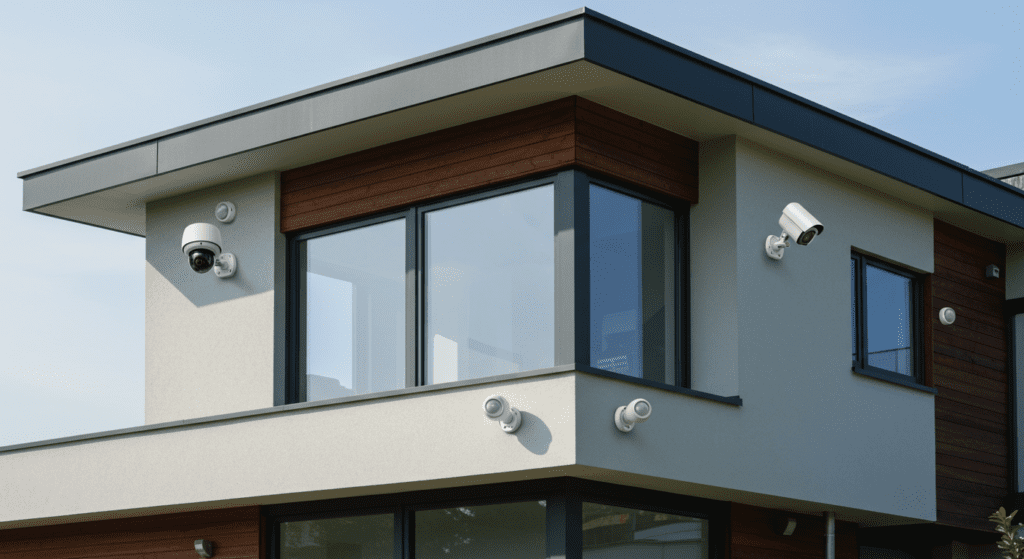
2. The Role of Security Systems in Risk Reduction
Modern security systems reduce risks by providing real-time monitoring and rapid emergency response. They deter burglars and alert homeowners of emergency situations like fires or break-ins. When your home is protected, the likelihood of a claim decreases. Insurance companies reward these risk mitigation efforts by offering discounts. Home security systems not only safeguard your personal belongings but also contribute to overall neighborhood safety.
3. Types of Home Security Systems and Their Benefits
There are many types of home security systems available today. Basic systems include door and window sensors that trigger alarms. Advanced systems feature surveillance cameras, motion detectors, and smart locks. These devices connect to central monitoring services that can alert authorities if needed.
Wireless systems offer flexibility and are easy to install, making them a popular choice among homeowners. Meanwhile, professionally monitored systems provide 24/7 surveillance. Each type addresses different security needs. The benefits include deterrence of criminal activity, timely emergency response, and often, lower insurance premiums.
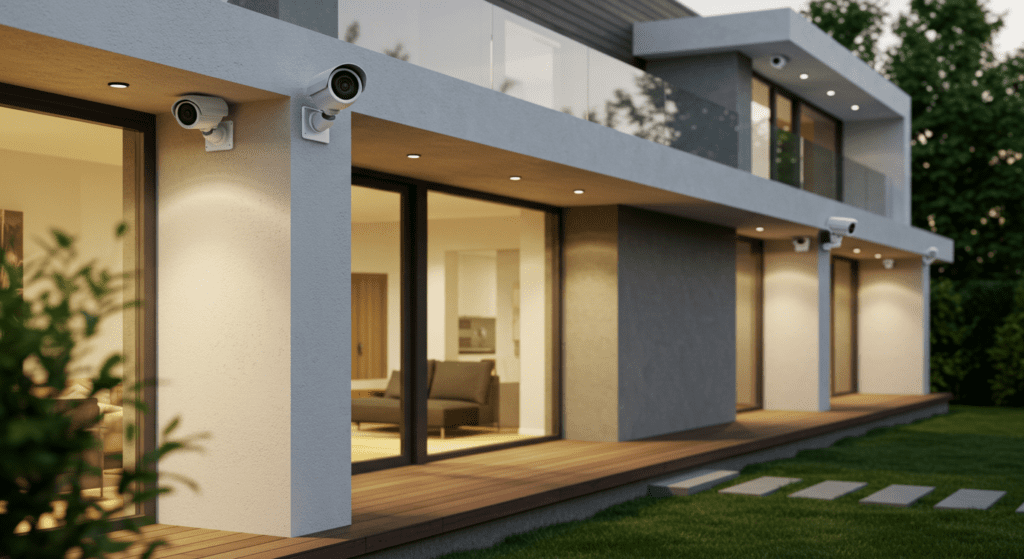
4. How Security Systems Influence Insurance Underwriting
Insurance underwriters use specific criteria to evaluate risk. Home security systems influence underwriting by showing that homeowners take proactive steps to minimize risks. When a property has a professionally monitored system, underwriters consider the reduced likelihood of claims. This improved risk profile can lead to safer policy conditions and lower insurance costs. The increased transparency about your home’s security measures also reassures the insurer that the property is less likely to be targeted by criminals.
5. Real-World Savings: Case Studies and Statistics
Numerous studies and case analyses support the claim that security systems reduce insurance premiums. Homeowners who install these systems have reported savings ranging from 5% to 20% on their policies. In some instances, statistics have shown that homes with visible cameras and alarm systems experience fewer attempted break-ins. One case study noted that a neighborhood with widespread adoption of smart security technology saw a notable decrease in home insurance claims. These savings come from reduced risk factors, a decrease in claims frequency, and the insurer’s confidence in proactive risk management.
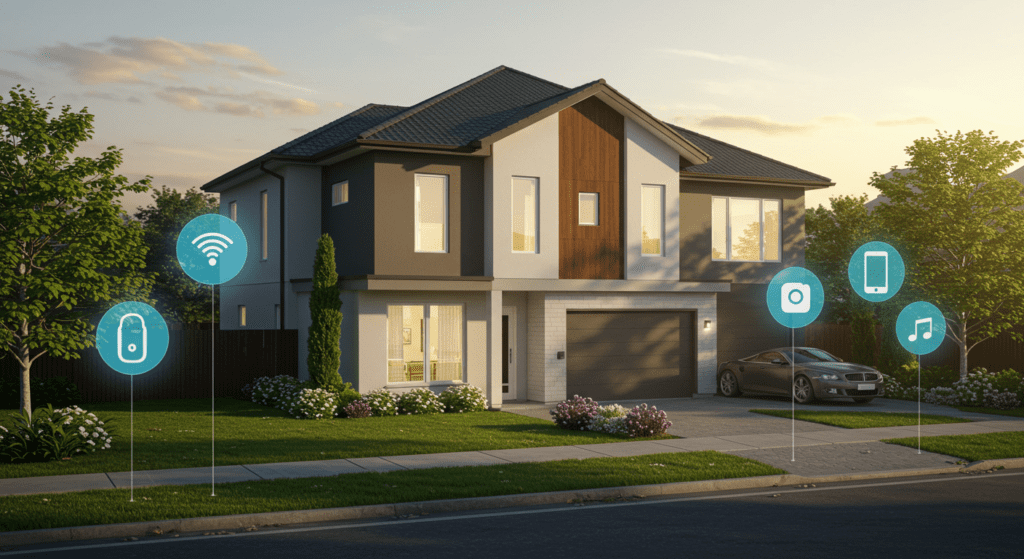
6. Cost vs. Benefit: Evaluating the Investment in Home Security
When comparing the cost of a home security system to potential insurance savings, many homeowners find a strong benefit-to-cost ratio. Installation and monthly monitoring fees are often offset by reduced premiums. Beyond financial savings, these systems offer peace of mind and enhanced safety. It’s important to analyze initial costs against long-term benefits, including property protection and faster emergency response times. Ultimately, investing in a home security system can lead to substantial returns in both reduced insurance costs and increased home safety.
7. Integrating Smart Technology: From Cameras to Sensors
Smart technology has revolutionized home security. Modern systems include internet-connected cameras, doorbell systems, and various sensors that communicate with each other seamlessly. These devices are controlled via smartphone apps, allowing homeowners to monitor their property remotely. Innovations such as motion-activated lighting and voice-activated alarms further enhance home security. Smart technology not only deters crime but also provides valuable data to insurers when assessing risk. This integration contributes significantly to lower insurance premiums and overall property value.
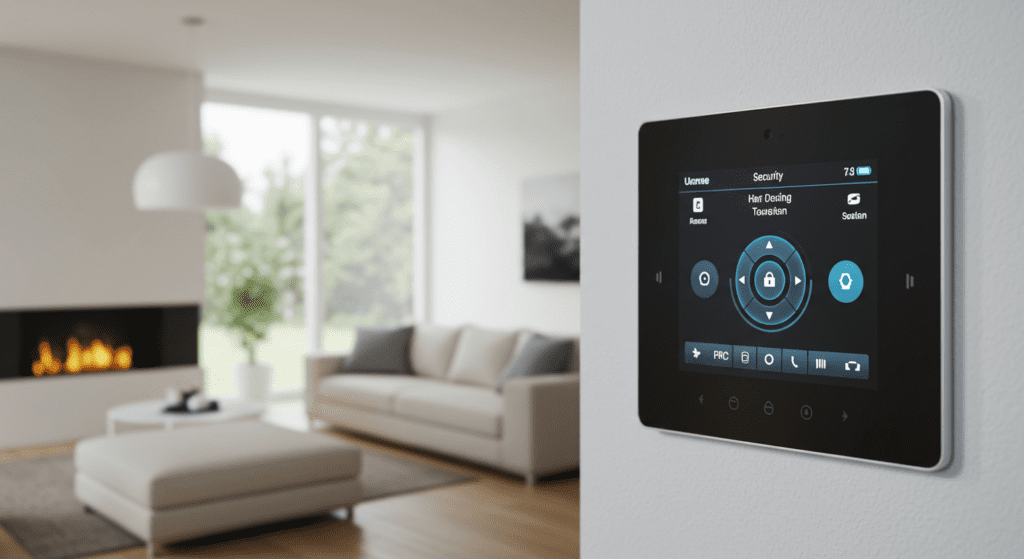
8. Tips for Selecting a Cost-Effective Security System
Choosing the right security system requires careful consideration of your needs and budget. Here are a few tips to guide your decision:
Evaluate your home’s risk factors. Determine if you need basic protection or a more comprehensive system with smart features.
Compare costs and features. Look for systems that integrate with your lifestyle and provide both visible deterrence and silent monitoring.
Check reviews and ratings. Customer feedback can give insights into reliability and service quality.
Ask about discounts. Some providers partner with insurance companies to offer bundle discounts that further lower costs.
Consider installation options. Professional installation might cost more upfront but can provide a more secure and fully integrated system, leading to better long-term savings.
9. Navigating the Claims Process with a Home Security System
A home security system can streamline the insurance claims process. When a claim is necessary, data from surveillance cameras or sensors can help verify the incident. Detailed records can reduce processing time and minimize disputes over liability. Insurers might also be more cooperative if your home is shown to have actively prevented further damage. This documentation demonstrates to your insurance company that you are a low-risk policyholder. As a result, your system may not only help lower premiums but also facilitate smoother claims when needed.
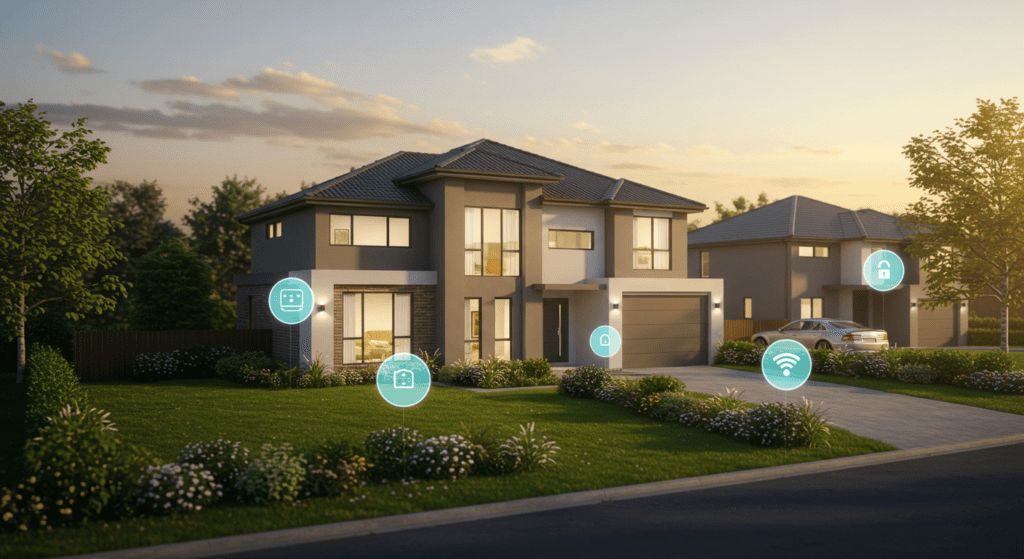
10. Future Trends in Home Security and Insurance Discounts
Home security technology continues to evolve rapidly. With developments in artificial intelligence and machine learning, future systems may offer predictive analytics for identifying potential threats before they occur. Enhanced integration with home automation will allow for more seamless interactions between various devices, creating more comprehensive safety networks. As these advancements unfold, insurance companies are likely to offer even greater discounts for homes equipped with next-generation security solutions. The convergence of smart homes and cybersecurity is expected to redefine risk assessment and insurance pricing models in the coming years.
Concluding Thoughts
Investing in a robust home security system brings more than just protection; it also contributes to lowering your home insurance costs. Insurance companies appreciate proactive measures that reduce risks. From basic sensors to smart, fully integrated devices, modern systems offer a range of benefits that directly impact insurance underwriting. Real-world statistics support that a secure home has fewer claims, leading to a win-win situation for both the homeowner and the insurer.
Deciding on the right system involves weighing utmost security and budget considerations. Clear understanding of underwriting criteria and technology trends can further help in choosing a fit-for-purpose system that benefits you immediately and in the future. With continual improvements in smart technology, home security remains an essential aspect of modern living.
Homeowners who strategically integrate security systems not only protect their property but also enjoy potential savings in insurance premiums. This dual benefit highlights the importance of considering a home security system not just as an expense, but as an investment in safety and financial prudence. As technology advances, the property protection landscape will change, driving further innovation and benefits for residents. With these evolving trends, now is the perfect time to enhance home security and experience the advantages firsthand.
By keeping a close eye on technological advancements, evaluating risk, and choosing the right security system, homeowners set the stage for long-term savings and improved safety. Whether you are building a new home or upgrading an existing one, a focus on security ensures that both your family and property are well-protected. As future trends unfold, integrating smart technology into your security strategy will remain a crucial step in safeguarding your home and lowering your insurance costs.
